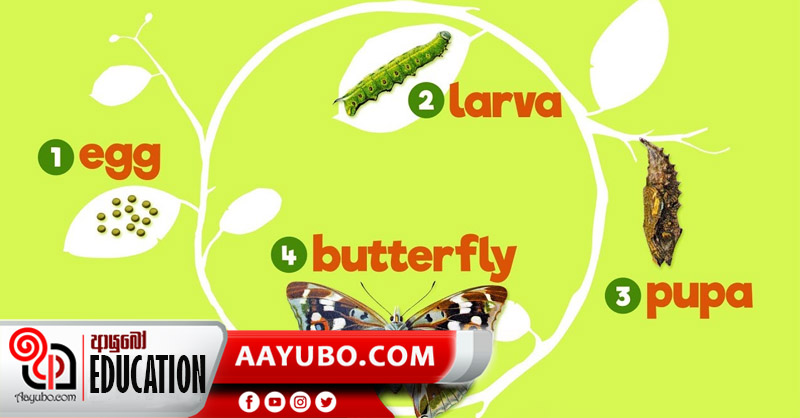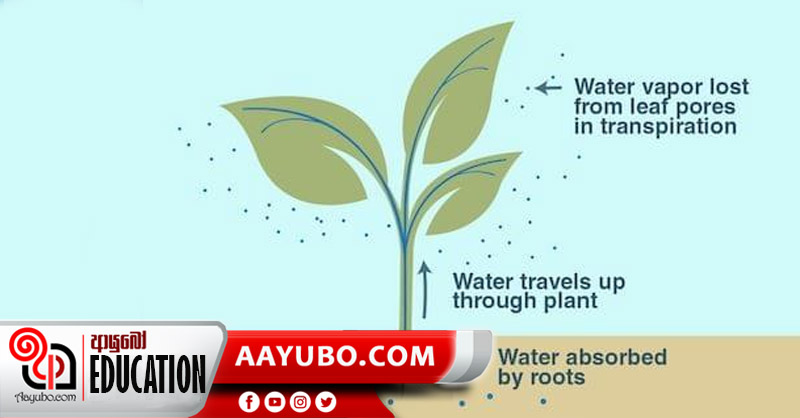Grade 8 Science : Life Cycles of living organisms - Part 4

Butterflies are known to be one of the most beautiful insects on earth and they too undergo complete metamorphosis. That is, there are several morphological changes that take place throughout the stages of its life cycle. Butterflies lay tiny eggs on plant leaves or stems and their shape differs from each species of butterflies. These eggs may sometimes take some weeks to hatch. However, some eggs hatch when the weather possesses sufficient warmth. The eggs hatch in to larva or caterpillars. These caterpillars feed on leaves of the host plant and they possess mouth parts that allow them to consume food.
The caterpillars typically showcase an appearance that matches with the host surface and they have legs that help them in locomotion. Venomous hair are present on their bodies and they act as natural barriers that protect them from the enemies. They tend to shed their skin thrice or more during this stage and the skin gets tighter where eventually its splits open with their growth. Here new skin appears from underneath and gradually their bodies enlarge as they grow further. The lava turns in to a pupa in the next stage where it lives inside a cocoon. This hard casing acts as a means of protection from its predators and harsh environmental conditions as well. It should be noted that this is an inactive stage where the pupa does not feed on anything. However, the caterpillar undergoes a series of changes inside this cocoon where its organs, tissues and limbs transform in to the parts of a butterfly. The pupa attaches itself to the host surface.
Ultimately, a complete butterfly with wings is formed in the cocoon and as the final stage of the life cycle dawns, the butterfly tends to emerge with the help of its wings. At this stage, the cocoon opens. However, it will come out of the cocoon once its wings are strong enough. The adult butterfly basically gains the required nourishment from nectar on flowers and an organ called proposes is used to suck the nectar. The adult butterfly has eyes, an antennae, long legs and of course a pair of large wings. This is also the reproductive stage where they mate and lay eggs. The female butterflies fly in search of the right plant in order to lay its eggs. So, the cycle will begin again from the eggs and continue.
By Mekhala Egodawele
Photo source : Internet
456 Views








Comments